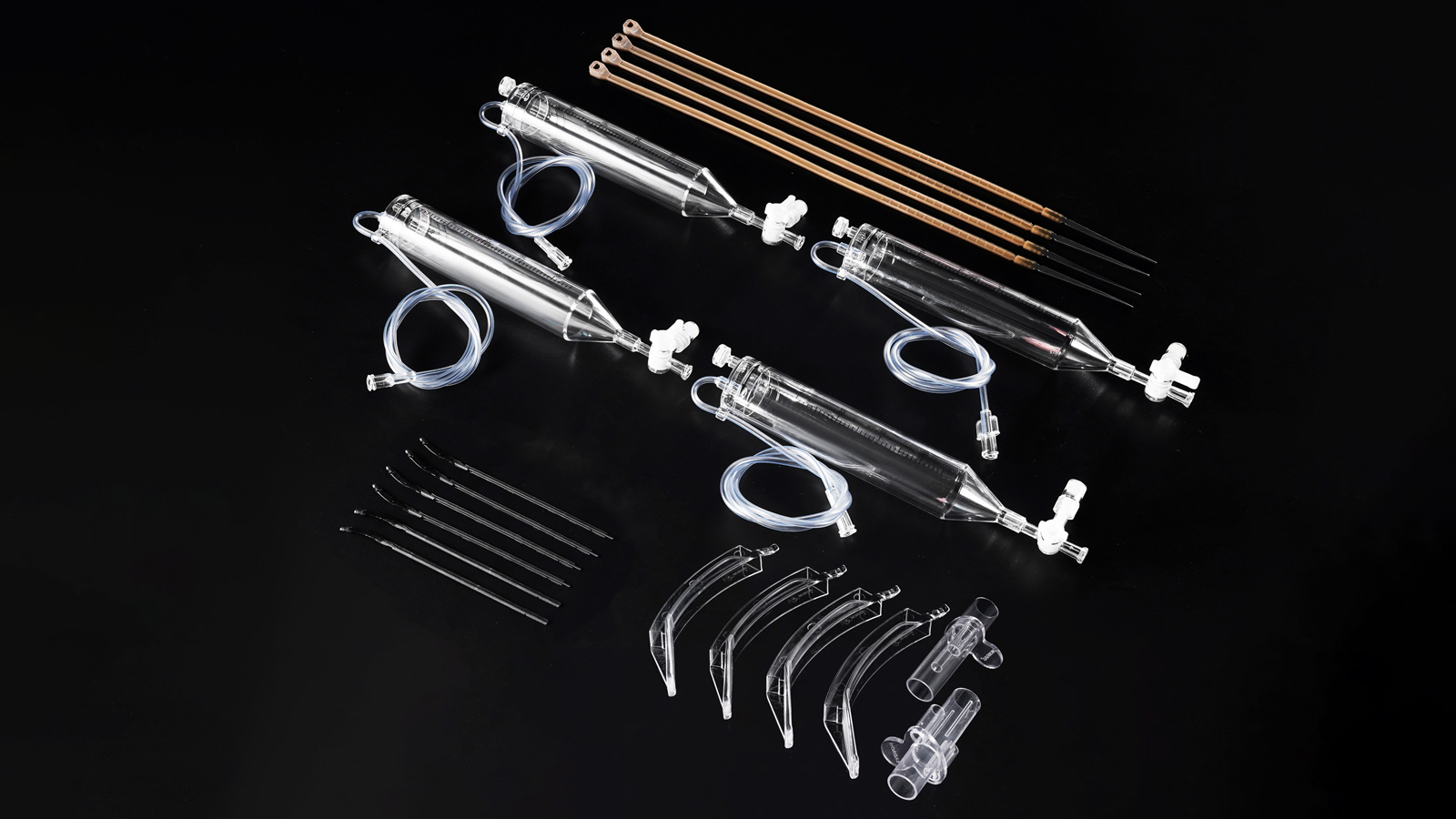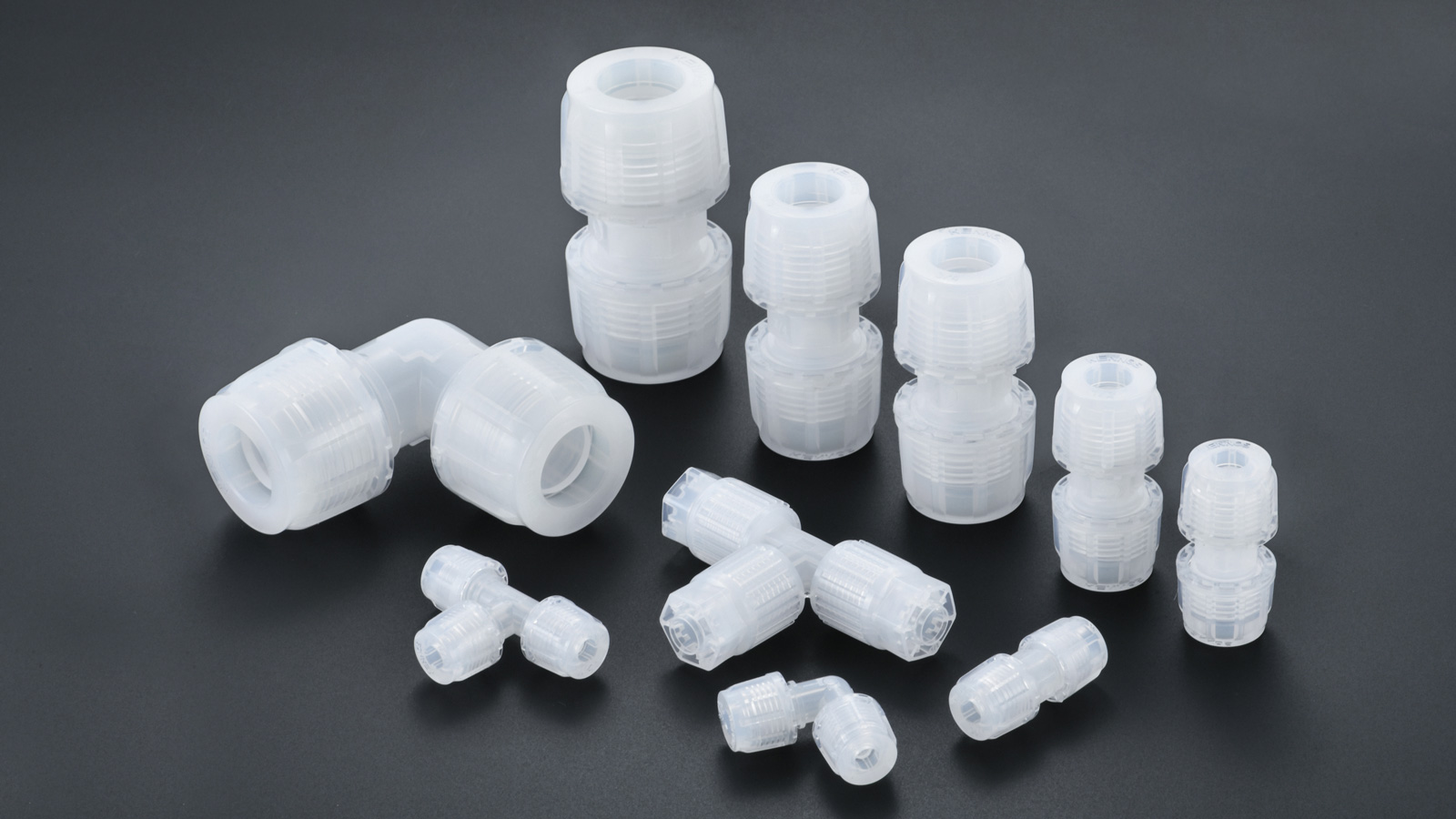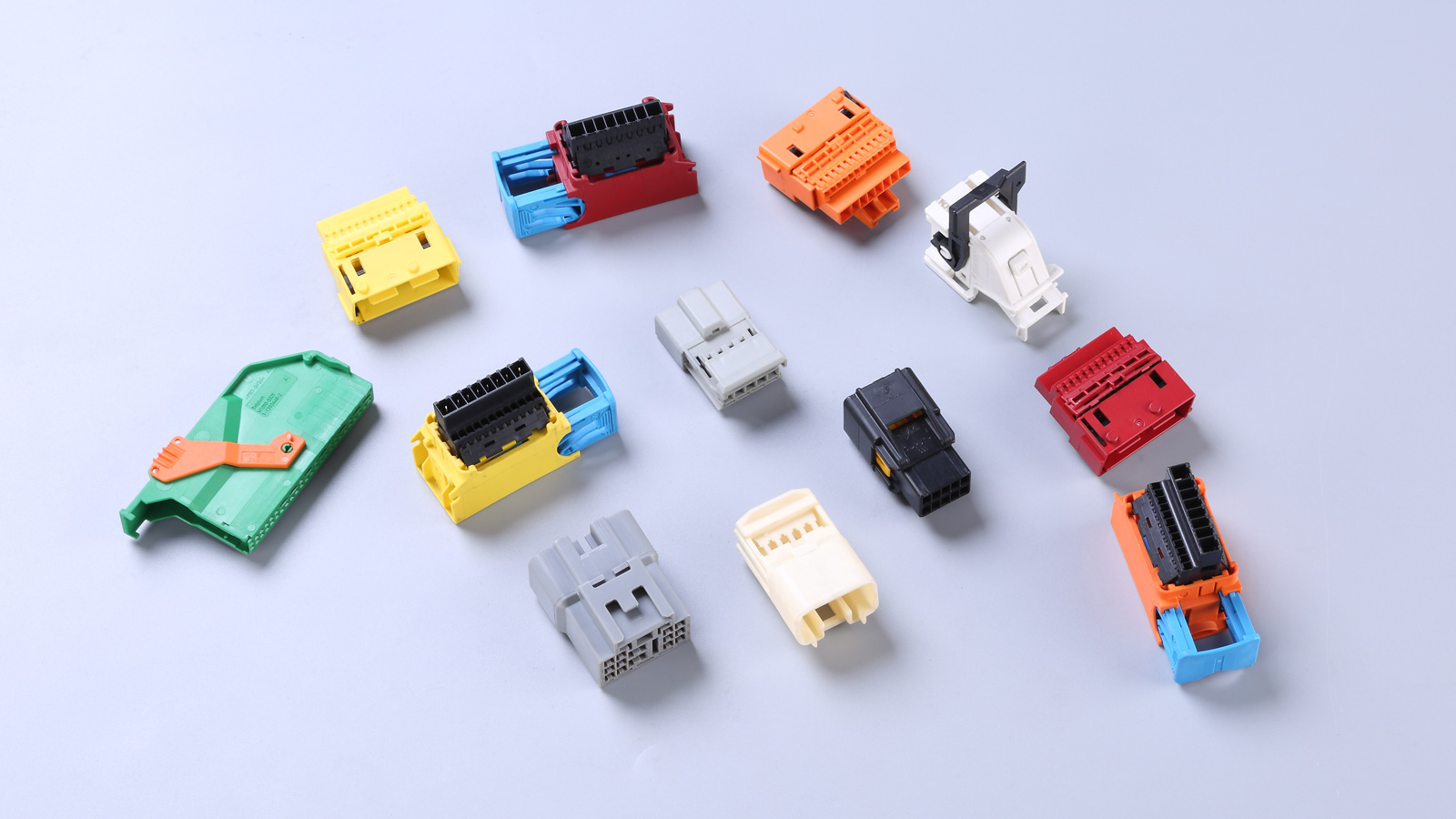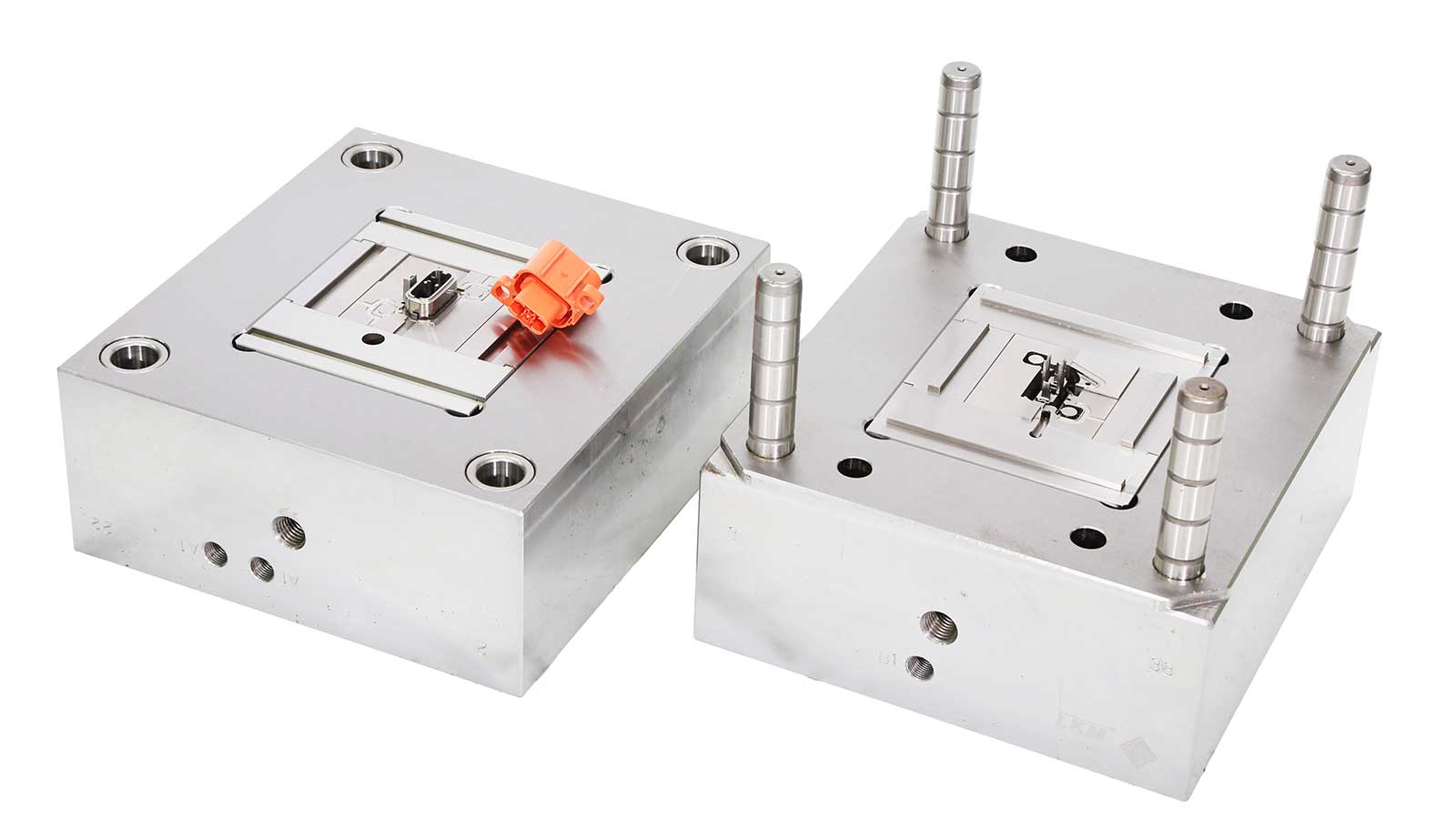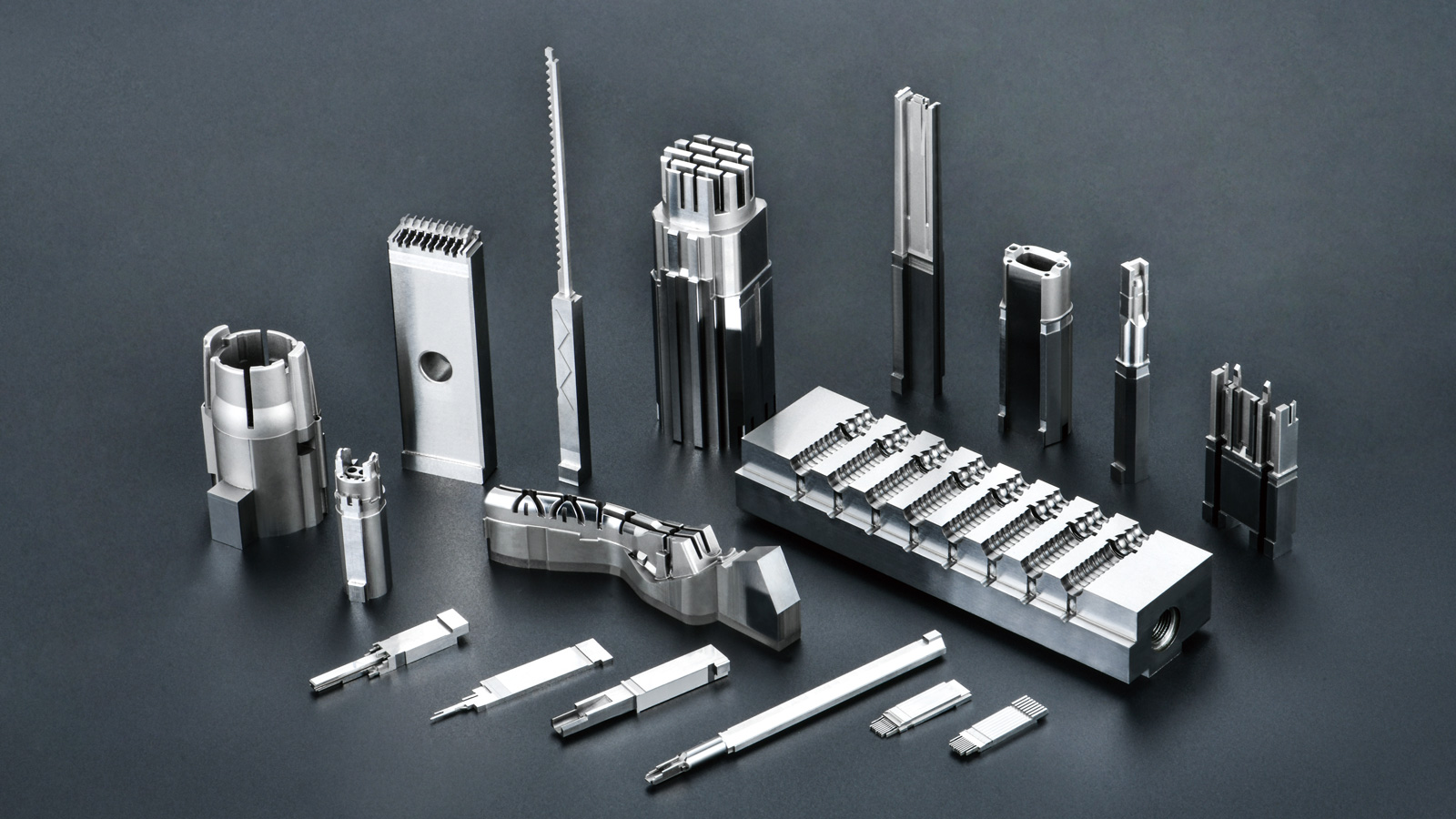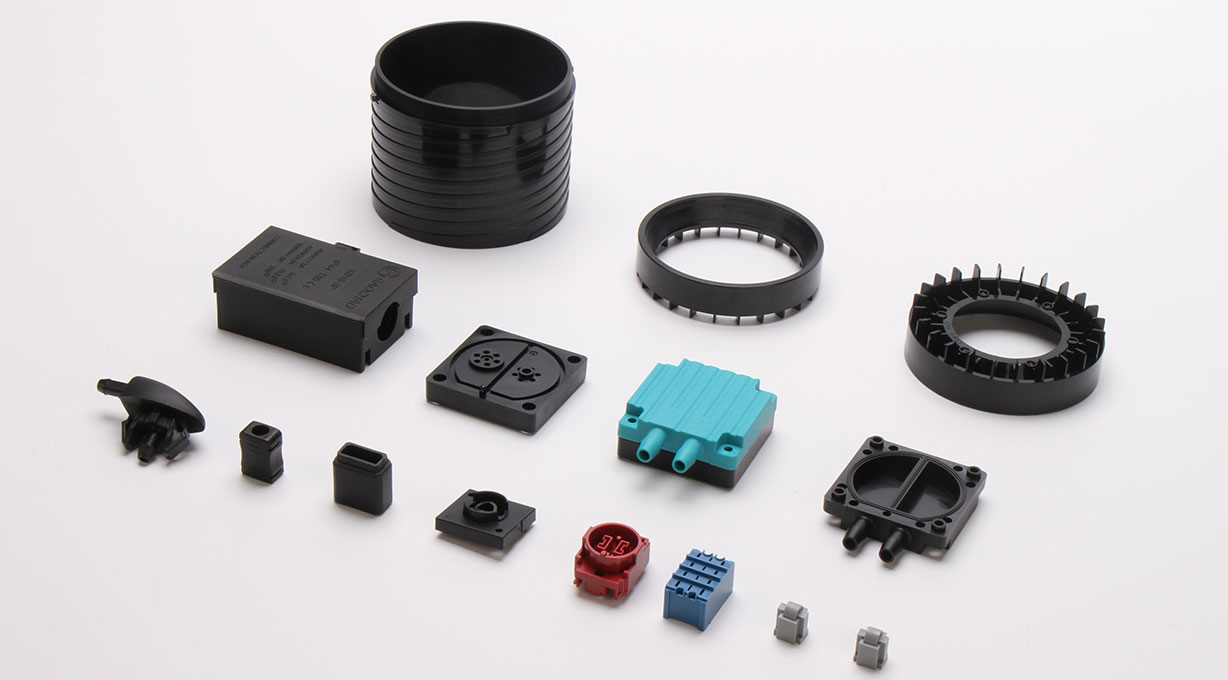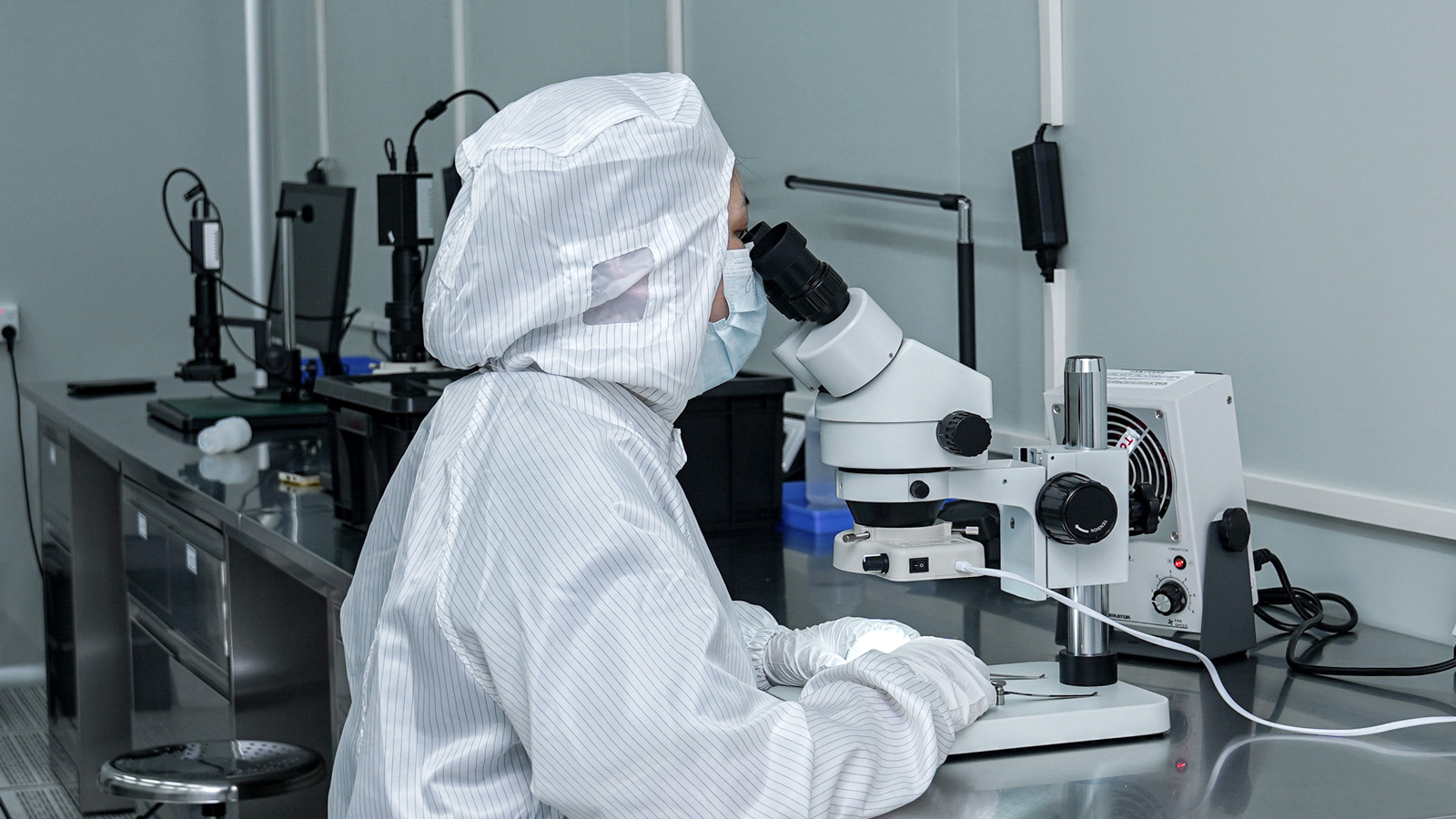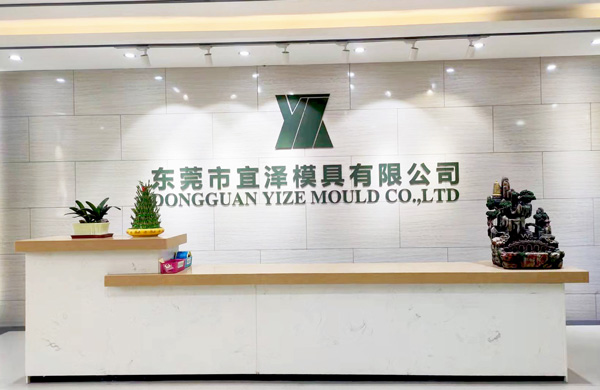In the field of injection molding, if we want the molded parts to have a variety of colors, color masterbatches are an indispensable key material. By mixing specific color masterbatch particles with plastic raw material particles in proportion and adding them to an injection molding machine, followed by melting and injection molding processes, we can endow the products with a wide range of colors. However, after adding color masterbatch particles, a series of problems often arise. The following will elaborate on these problems and their corresponding solutions in detail.
Temperature Control: The “Temperature Switch” for Blending Effect
During the injection molding process, the temperature inside the barrel is as crucial as the heat level in cooking. An appropriate temperature is the guarantee for the full blending of color masterbatches and plastic raw materials. Excessive temperature can cause over-decomposition of both the color masterbatches and plastic raw materials. This not only affects the blending effect but may also alter the material properties, leading to problems such as uneven color, rough surface, etc. in the molded parts. On the contrary, if the temperature is too low, the color masterbatches cannot be fully melted, making it difficult to blend evenly with the plastic raw materials. As a result, defects like color patches and color differences will appear on the molded parts. Therefore, it is essential to precisely adjust the barrel temperature according to the characteristics of the color masterbatches and plastic raw materials to lay a solid foundation for high-quality injection molding.
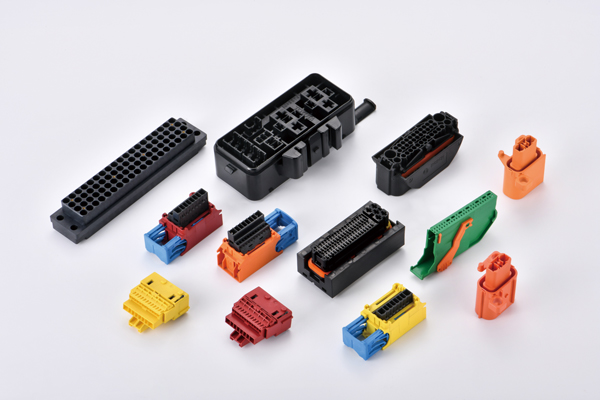
Precise Metering: The “Measuring Scale” for Accurate Color
When using color masterbatches, it is crucial to strictly follow the formula for precise metering. Using too little color masterbatch will result in light-colored molded parts, failing to achieve the expected color effect. Conversely, using too much can lead to overly dark colors and uneven dispersion of the color masterbatch, affecting the appearance quality of the products. By utilizing specialized metering equipment, such as electronic scales and color masterbatch meters, we can ensure the accuracy of the color masterbatch addition amount, enabling each injection molding process to produce the desired color.
Matching Selection: The “Perfect Match” between Color Masterbatches and Plastic Raw Materials
A proper combination of color masterbatches and plastic raw materials is a key factor for successful injection molding. Different manufacturers’ plastic raw material varieties may have differences in composition and performance. Randomly changing the plastic raw material variety can easily lead to a mismatch between the color masterbatch and the plastic raw material, resulting in problems such as color deviation and poor adhesion. Therefore, when selecting color masterbatches and plastic raw materials, it is necessary to fully communicate with the suppliers to understand their product characteristics and compatibility and seek professional advice to ensure a perfect match between the two, creating stable and vibrant colors for the products.
Parameter Setting: The “Precise Navigation” for Injection Molding Machine Operation
The temperature of the injection molding machine and the residence time of the color masterbatch inside it are important parameters that affect the melting and blending effect of the color masterbatch. Unreasonable temperature settings or insufficient residence time can prevent the color masterbatch from fully melting, leading to uneven blending. On the other hand, an excessively long residence time may cause thermal degradation of the color masterbatch and plastic raw materials, affecting product quality. Through trial production, continuously adjusting parameters such as the injection molding machine’s temperature, pressure, injection speed, and the color masterbatch’s residence time, we can find the optimal injection molding conditions. This ensures that the color masterbatch is fully melted and blended, resulting in molded parts with uniform color and stable quality.
By fully implementing the above measures, we can effectively solve the common problems that occur during the injection molding process after adding color masterbatches, ensuring that the molded parts have accurate and stable color effects. Reasonable use of color masterbatches can not only improve the appearance quality of products but also enhance their market competitiveness, enabling enterprises to stand out in the fierce market competition.
